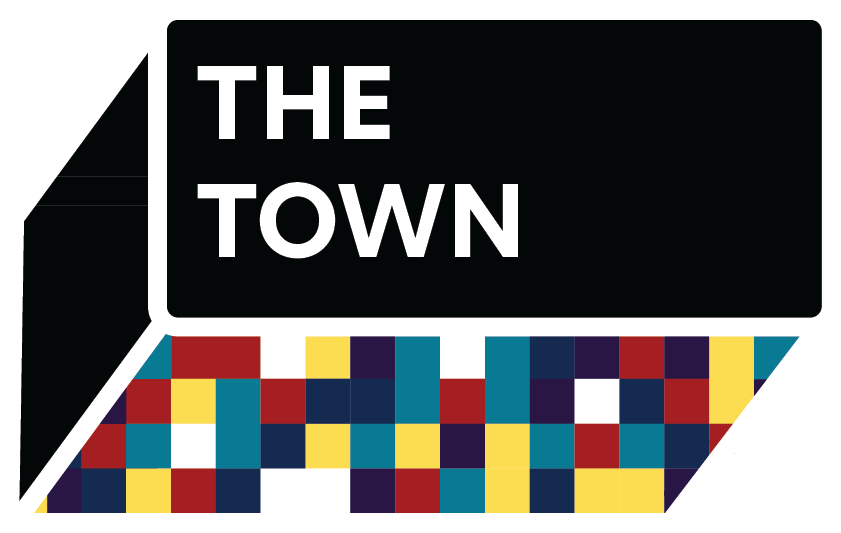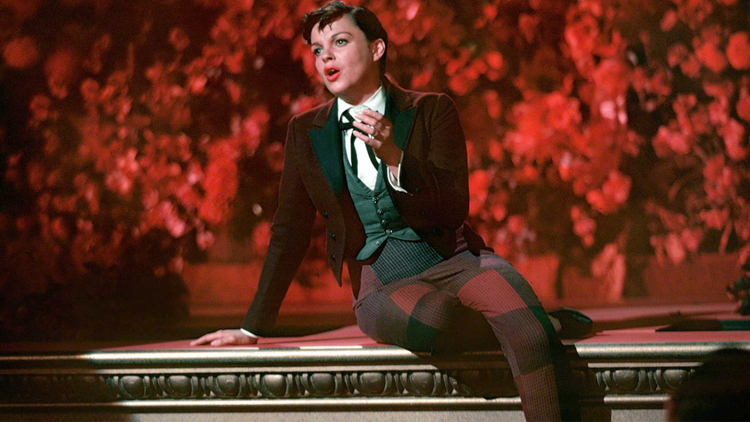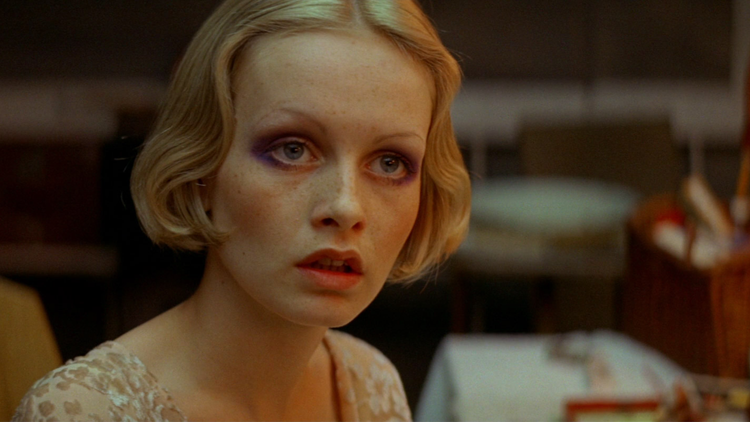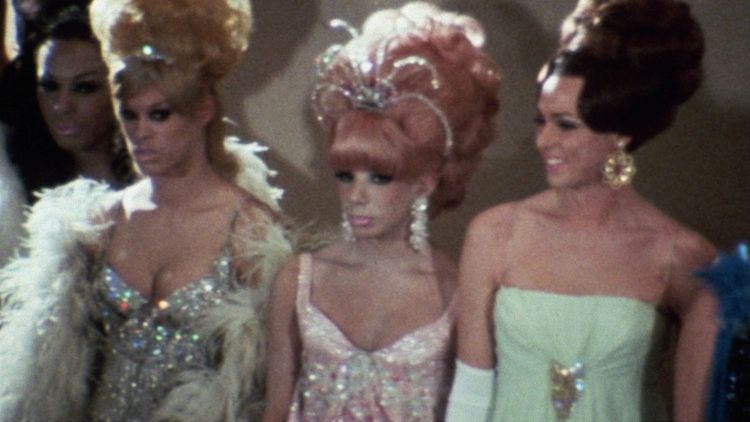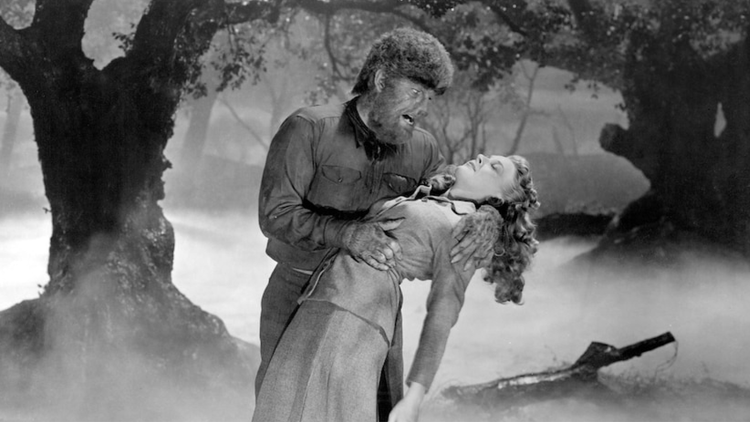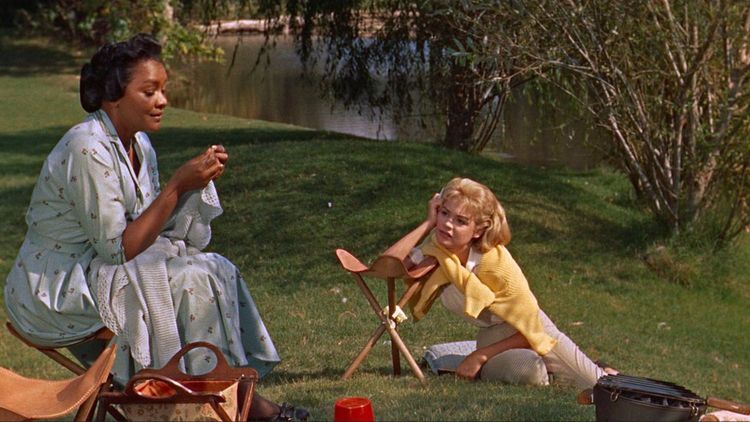Serving camp this Mother’s Day: How 'Mommie Dearest' messily met its calling as an LGBTQ culture classic.
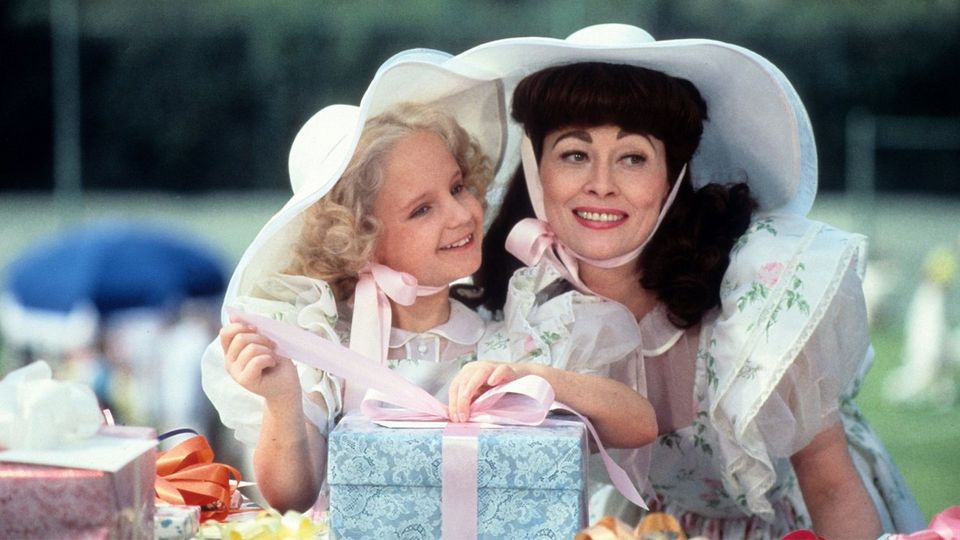
About a third of the way into Mommie Dearest (1981), movie star
Joan Crawford (played by Faye Dunaway) is summoned to the office of MGM head Louis B. Mayer. It’s the early 1940s and Crawford’s career has hit a slump. Mayer plays nice at first, buttering Crawford up by referring to her as “Hollywood Royalty”. But then he mentions another nickname the trade papers have been using more recently: “Box office poison”. Powerless to stop Mayer from cancelling her contract, Crawford heads home, unemployed.
With a quick cut, we find Joan in her garden in the middle of the night. Clad in a sequined ball gown, she takes her anger at being let go out on her rose bushes, madly chopping away at branches with gardening shears. When her housekeeper and her children Christina and Christopher arrive, she demands they help clean up the mess. But then, spying a small tree, she gets a better idea.
“Tina!” she yells at her daughter. “Bring me the ax!”
The scene should be sad, or scary, or both. But Dunaway’s over-the-top line delivery, combined with Christina’s wide-eyed look of terror, provokes one common reaction: laughter.
Mommie Dearest, which screens at the Revue Cinema on Sunday, May 8th, is a camp masterpiece. (The fact that the programmers selected the film for Mother’s Day weekend demonstrates they have a camp sense of humour themselves).
Based on the best-selling book by Joan Crawford’s daughter about the abuse she suffered at the hands of her alcoholic mother, the movie turned serious subjects into a big joke and created an instant cult following. At the same time, it helped kill Dunaway’s career and forever change the way we viewed Crawford and her legacy.
It’s not just that Mommie Dearest is bad, or rather “so-bad-it's-good”. There are plenty of movies enjoyable for their atrociousness, from the oeuvre of Ed Wood to Troll 2 (1990) and The Room (2003), that I wouldn’t elevate to the level of camp. So what makes Mommie Dearest arguably the campiest movie ever made?
To understand this you need to first define camp. As the befuddled guests of the 2019 Met Gala know, this is not an easy task - there have been whole books attempting it. Here’s me being as concise as possible: camp is a performance and appreciation that involves theatricality, irony, extreme gender roles, and overwrought emotionality. It engages with and critiques the dominant culture by centring stylization, superficiality, and supposedly ‘bad’ taste. It approaches serious things frivolously and frivolous things dead seriously. It grew from a largely underground LGBTQ community who, during a closeted time, saw in the products of art and pop culture a means of fostering group identity and a form of ‘found’ propaganda.
I chose the word performance deliberately. The root of the term camp may come from a 17th-century French verb meaning ‘to pose’. So rather than as a descriptor of what something is, camp started out as something one did. And even though we no longer use camp as a verb, the practice of living life as a theatrical performance and seeing the world through quotation marks is still a vital part of queer culture. For just one example, look at the categories of the LGBTQ ballroom scene (‘Royalty’, ‘School’, ‘Realness’) as portrayed in the documentary Paris is Burning (1990) and the Ryan Murphy’s F/X TV series, tellingly titled Pose.
So let’s work up our courage and examine the most obvious thing that makes Mommie Dearest a camp classic - Dunaway’s performance. From beginning to end, she lays it on thicker than Crawford’s arched eyebrows. In dramatic scenes, particularly those featuring fights with her daughter (one which ends with them rolling around on the floor) Dunaway holds nothing back, screaming herself hoarse, her eyes tear-filled and bloodshot. She doesn’t blend into her character at all. Rather, you’re always conscious of Dunaway chewing up the scenery and the sheer theatricality and artificiality of what you’re watching. It gives the viewer a safe distance to be able to laugh at the sheer ridiculousness of the whole thing.
In the second half of her career, Crawford’s screen presence had veered towards the mannered and stylized, her signature makeup increasingly clown-like. But Dunaway’s portrayal, along with some very quotable lines, turned Joan into a caricature, one ready-made for drag performers. Henceforth, all you’d need to ‘do’ Joan Crawford was the eyebrows, the lips and the shoulder pads (for all three, the bigger the better) and scream one of the lines from Mommie Dearest and people would get it. Although Crawford’s standing as a drag staple has diminished, its influence is still felt. When Alyssa Edwards did an impression of her during a 2016 episode of RuPaul’s Drag Race All Stars, it was not Joan’s movies she quoted, but Mommie Dearest. In these ways, Mommie Dearest works as camp performance, but it simultaneously works as camp appreciation, both for its subject matter and the way it treats it.
Some history. As Daniel Harris writes in The Rise and Fall of Gay Culture, prior to the Stonewall Riots and the gay rights movement, queer people turned to Hollywood stars like Crawford, Bette Davis, Marlene Ditetrich and Tallulah Bankhead as role models for their inherent glamour and toughness. Over and over again in their films, these stars overcame adversity with bitchy comebacks and emphatic mannerisms (lots of waving about of cigarettes), while rarely smudging their makeup or getting a strand of hair out of place.
But, in addition to helping them cope, Hollywood divas and their films were useful as a coded language. At a time when cops routinely persecuted queer men (even purposefully entraping them), how much safer it was to flirt with a stranger by quoting a line from The Women (1939) or enquiring, “Are you a fan of Mae West?”
Then a new movement grew out of the Stonewall Riots based on the out-and-proud rallying cry that ‘Gay is Good’. On the one hand, a new generation of queer people saw fading Old Hollywood stars as yesterday’s idols, an embarrassing reminder of a more closeted past. On the other, as more and more folks came out of the closet, a burgeoning queer community was in need of a sense of group history. Vitto Russo, the activist and film historian who wrote the first book on LGBTQ representation in movies, The Celluloid Closet, hosted old movie nights at the Gay Activist Alliance Firehouse in New York, and was pleased to discover that the audience laughed at the same lines. Once again, the divas of Old Hollywood could be repurposed into an unintended cultural heritage.
But by this time, as Harris writes, “the careers of Dietrich, Crawford, Davis, and [Rita] Hayworth were essentially over. But - herein lies the secret inhreident of gay men’s recipe for camp - long after their idols’ reputations had begun to decline, the cameras kept rolling even as these sex goddesses turned into withered hags before our very eyes, fighting to revive their waning careers, finally sining into the unfathomable depths of B-grade horror flicks, playing as murderesses and psychotic forgotten stars.” This description applies to no one more than it does Crawford, who in her sixties played a circus ringmaster in fishnet stockings in the horror movie Berserk! (1967).
So by the 1970s, there was a mean edge to diva worship, a disenchanted awareness that the former glamour girls of the Golden Age had aged like mortals, that the ‘girl next doors’ of wholesome backyard musicals were popping pills, and that the magic of the movies was all smoke and mirrors. As Harris evocatively writes, “the wry smile of camp became the cackling shriek of the man who could no longer take seriously the divas he once adored.” In time, the younger generation “picked up the discarded costumes and exaggerated mannerisms of these fading reputations and turned them into a communal bag for Halloween pranks, using the graven images of the old religion as satiric playthings…”
It is in this context, Mommie Dearest primered. It wasn’t just that the film did such a poor job of framing its subject of child abuse and alcoholism that audiences ended up laughing when they shouldn’t have. It’s that the meta-subject appeared to be the diva disillusionment that the queer community was already experiencing, but condensed into a single movie and set free into the mainstream for everyone to see.
In the old days, studios would protect their stars from scandal (except when deliberately leaking info to gossip columnists like Hedda Hopper). Now, here was Hollywood on its own accord lifting up the curtain and eating its own. It mattered not that by 1981 the Old Hollywood studio system was dead - Mommie Dearest gleefully mutilated the corpse and as a final chef’s kiss - it did so not as self-aware satire, but (like the purest form camp) completely unintentionally. Everyone, from the director and Dunaway all the way down to the crew, thought they were making a serious, big-budget, prestige picture. It was only when the film opened to derision from critics and hoots of laughter from one very specific slice of the audience did the production realize what they’d done. Christina Crawford, who is widely believed to have written her memoir out of spite, got her revenge on her mother, just not in the way she’d intended.
On a final note: if the story of Mommie Dearest illustrates how quickly a subculture can reclaim and subvert something as mainstream as a Hollywood movie, it also shows how quickly the empire can strike back. Realizing they had an unintentional comedy on their hands and wanting to target the only audience that appeared to like it, Paramount took the unusual step of switching the poster while the movie was still in theatres. The new tagline: “The biggest MOTHER of them all.” The system marches on.
Max Mosher is a writer and communications specialist. He is a Senior Staff Writer and Old Hollywood Correspondent for The Town . You can follow him on Instagram.
